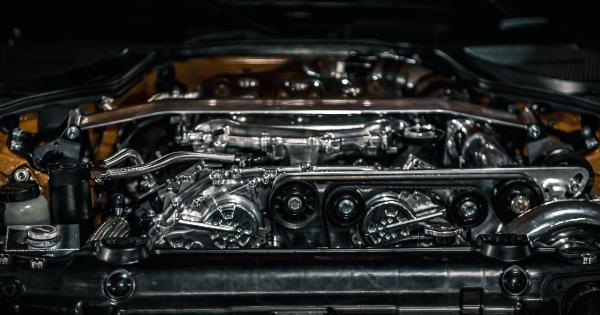Scientists at the University of Chinese Academy of Sciences have managed to create functional mouse eggs using male cells, raising the possibility of two male mice producing offspring. The study was published in the journal Science.
What does this mean?
This breakthrough could be paving the way for same-sex couples, or single men, to conceive genetic offspring that are biologically related to both parents rather than adoption or surrogacy.
It could also have implications for humans in the future, if researchers could replicate this technique in creating functional human eggs from male cells.
How did they do it?
The researchers took fibroblast cells, which are a common type of skin cell, from the male mouse’s ear and reprogrammed them into induced pluripotent stem cells.
They then turned them back into primordial germ cells, which are the precursors of eggs and sperm. After that, the germ cells were transplanted into female mouse ovaries, where they developed into eggs.
Using the technique, 29 viable egg cells were produced from male cells, of which four produced live offspring.
However, the mice pups only inherited genetic material from the same-sex parent from which the eggs were derived; in other words, the mouse pups had no genetic contribution from the female mouse who carried and gave birth to them.
What are the implications?
This study has shown that it is possible to create functional eggs from male cells, which is a major milestone in reproductive biology. It is also a major advancement in understanding how egg development occurs.
If this technique could be replicated in humans, it could have implications for same-sex couples and queer families who want to have children that are biologically related to both parents.
It could also have implications for single men who want to have children without the involvement of a female partner.
However, before this technique can be used safely and effectively in humans, there remain many challenges to tackle.
There are many ethical questions to be answered, and more research is needed to ensure that this technique is safe and effective for use in humans.
Conclusion
The ability to create functional eggs from male cells is a major breakthrough in reproductive biology. This research may pave the way for same-sex couples and single men to have children that are biologically related to both parents.
However, much work remains to be done before this technique can be applied safely and effectively in humans.



























